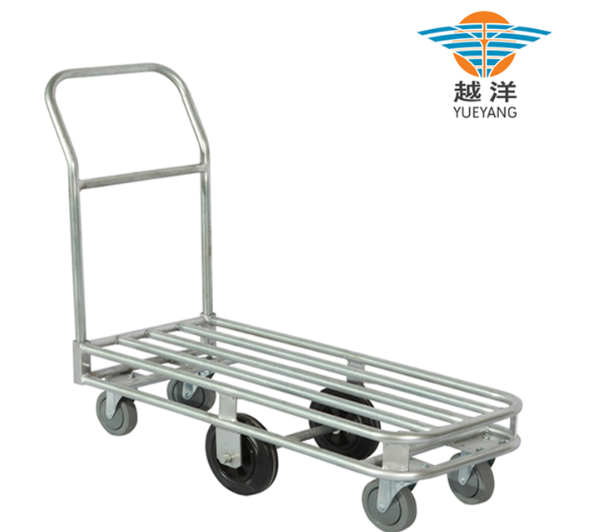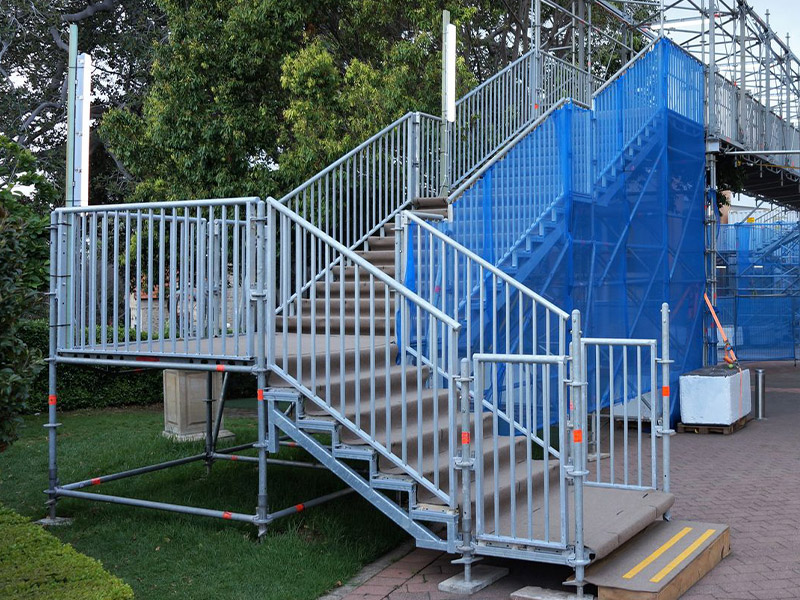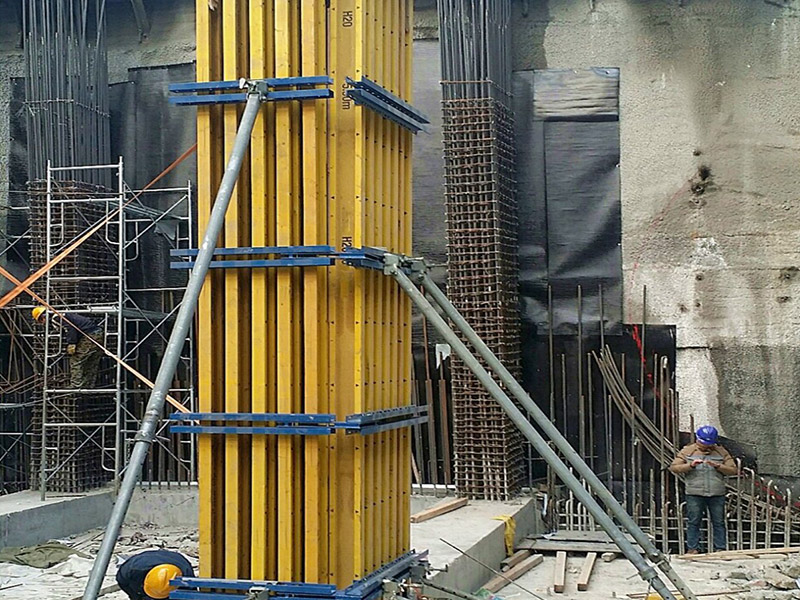How Hand Trolleys Revolutionize Manual Material Handling: Efficiency and Ergonomics
 Aug 26, 2023|
Aug 26, 2023| View:854
View:854In the world of manual material handling, innovation has paved the way for more efficient and ergonomic solutions. The hand trolley, a versatile and indispensable tool, has transformed the way goods are transported and handled in various industries. This article delves into the functionalities, advantages, and applications of hand trolleys, uncovering how they have revolutionized the process of moving heavy loads.

Understanding Hand Trolleys
A hand trolley, also known as a hand truck or a dolly, is a wheeled device designed to aid in the transportation of goods over short distances. It typically consists of a platform or frame equipped with wheels and handles, allowing users to easily move heavy or bulky items.
How Hand Trolleys Work
Load Distribution: Hand trolleys are designed to distribute the weight of the load across the wheels, reducing the effort required to lift and move heavy items.
Leverage and Balance: The design of hand trolleys incorporates principles of leverage and balance, allowing users to tilt the trolley and navigate it with minimal force.
Various Configurations: Hand trolleys come in various configurations, including two-wheel and four-wheel models, to suit different load sizes and weight capacities.
Benefits of Hand Trolleys
Efficiency: Hand trolleys significantly improve the efficiency of manual material handling by reducing the physical strain on workers and expediting the movement of goods.
Ergonomics: These devices promote ergonomic working conditions, minimizing the risk of injuries caused by lifting and carrying heavy loads.
Versatility: Hand trolleys are versatile tools suitable for a wide range of industries, including retail, logistics, manufacturing, and construction.
Space Saving: Hand trolleys are designed to be compact and space-efficient, making them easy to store when not in use.
Applications of Hand Trolleys
Retail and Warehousing: In retail stores and warehouses, hand trolleys are used to transport items from storage areas to display shelves or packing areas.
Delivery Services: Hand trolleys are employed by delivery personnel to transport packages from delivery vehicles to the recipients' doorsteps.
Construction Sites: Hand trolleys are used on construction sites to move construction materials, tools, and equipment across uneven terrain.
Hospitality Industry: In hotels and restaurants, hand trolleys aid in the transportation of supplies, including food, beverages, and cleaning materials.
Innovations and Future Trends
Motorized Trolleys: Motorized hand trolleys with electric or battery-powered assistance are emerging, reducing the effort required to move heavy loads even further.
Foldable and Compact Designs: Manufacturers are developing trolleys with foldable designs, allowing for easy storage and transportation when not in use.
Smart Trolley Technology: Some hand trolleys are integrating technology such as sensors and tracking systems to monitor usage, optimize routes, and improve overall efficiency.
Hand trolleys stand as a testament to the ingenuity that enhances everyday tasks. By combining principles of physics with ergonomic design, these devices have transformed manual material handling. From warehouses to construction sites, their efficiency, ease of use, and adaptability have made them indispensable tools across various industries. As technology continues to advance, hand trolleys are likely to continue evolving, further streamlining manual material handling and improving workplace efficiency.



 yueyang@yueyangcz.com
yueyang@yueyangcz.com











